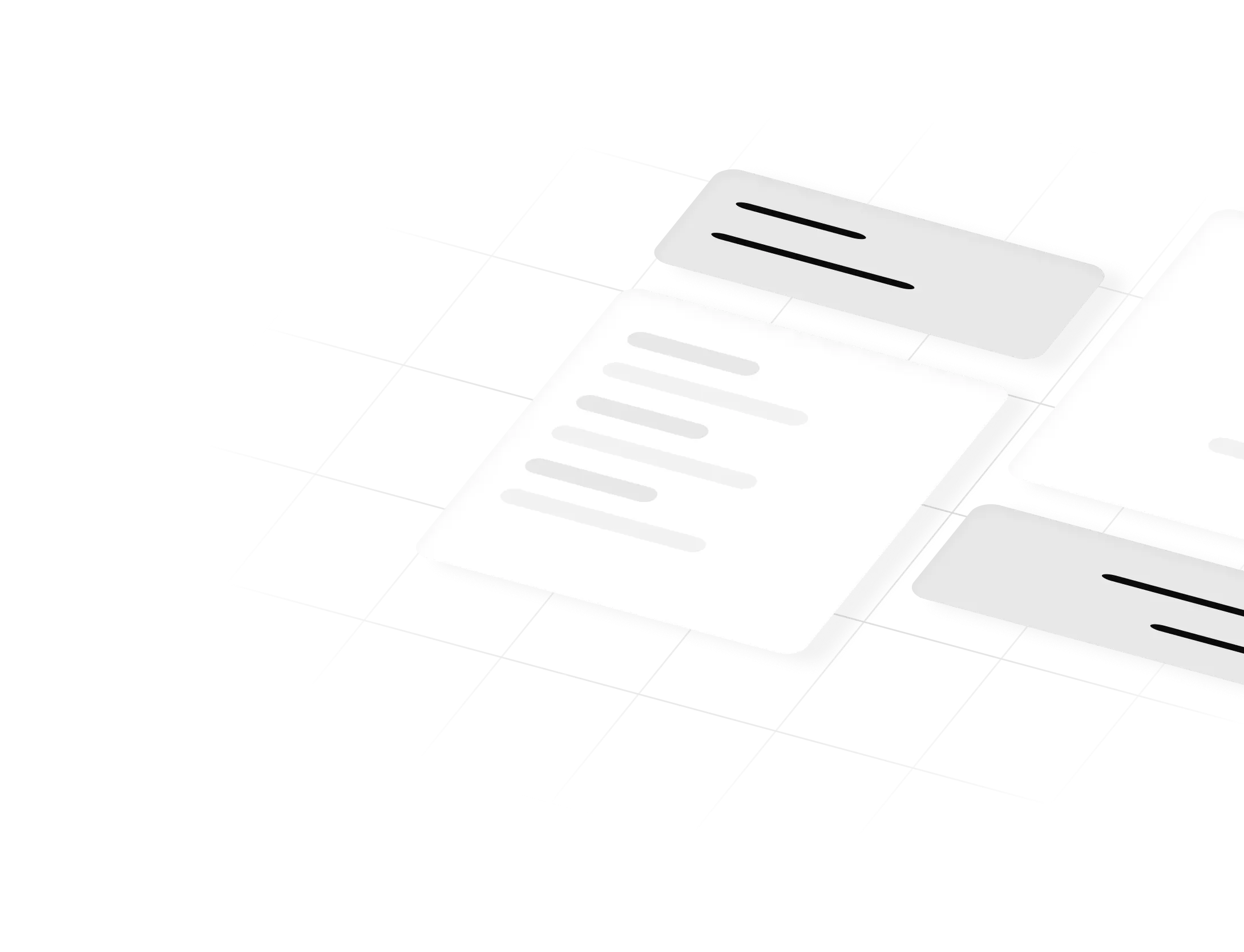
Understanding the essence of UX in conceptualization
At Olearis we understand User Experience (UX) is just not a phase through which design progresses – it is the core concept based on which the product is conceptualized. To have a seamless intuitive flow in your digital product must be accompanied by the strongest UX strategy - and this critical task tops our books.Why UX saves resources on the long run
First and foremost stages of product development are quite something, getting UX correct at this point is an economics decision. Why? It is because mistakes done in the ideation phase can be costly when it will have to be rectified during the development phase. Olearis' UX approach is devised for identifying and addressing any possible issue at the very beginning – saving time, money, and resources, making development smoother.The role of UX in achieving product goals
UX is a fundamental concept phase in the development process where its influence on product success draws no bounds. It's the master plan dictating every detail of what happens through and across the project ensuring each single bit of the end product remains inline to its goals. We at Olearis believe that a well-thought-out UX strategy is the backbone upon which successful products are built.Collaborative approach: Expertise + Client Insight
The process we undertake is highly collaborative. We believe the best UX outcomes come from incorporating our expertise in UX best practices along with client domain knowledge. So there is a synergy ensuring not just innovative but thoroughly in touch with the particular requirements and nuances of your business.Strategic UX: beyond wireframes, making it meet your business goals
We at Olearis don't only draw wires. We set measureable business objectives for every UX project so that all the design decisions were aimed at overall success of your product. It ensures that in the end it's not just beautiful but everything is done to bring visible real results to your business.The art of crafting seamless experiences
Good UX is the design of experiences for users which feel as natural or easy as possible. Our design goal therefore is the reduction in cognitive load so that interactions become intuitive and simple. It results in products that users find easy and delightful to use and therefore improves satisfaction and engagement of users.Based on insights from the market and tested solutions
Analyzing competitors and studying effective solutions in different domains are the key preparatory activities for successful UX design. Our approach is to include effective solutions that already exist instead of reinventing the wheel. This helps us deliver designs that are innovative but also have a proven track record of success. The elements
of UX at Olearis
some key elements like:
User journeys
Mapping out the paths users will take, anticipating their needs and interactions.Visual structure
Creating a logical, aesthetically pleasing layout that guides and delights users.Interaction cases
To bring into account various user scenarios in order to make the design be flexible and responsive.Navigation best practices
To implement navigation patterns which have been tested to ensure usability and consistency.Core principles of our UX strategy
Our ideas on the strategy for UX design are based on some principles, thus implementing which our design will be efficient and will result in user satisfaction:Consistency
Coherence of experience with all the elements acting together as a product.Accessibility
It refers to the practice ensuring our designs are usable and welcome to everyone who wants to use it, regardless of their differences in health ability.Minimize cognitive load
Design interface to be simple to understand and operate as greatly reduce the effort and frustration of its users.Clear hierarchy
Develop the visual and functional flow that leads users through the product in a natural way.User-centered design
Keep the user as the focus of any design consideration by placing their needs and preferences first.
Making ideas tangible by clickable prototypes
We conclude the UX stage by creating clickable prototypes. These prototypes provide an early experience, allowing users to test the product and give feedback on whether it meets their needs. This critical step enables easy adjustments and design pivots before any code is written, significantly reducing risk and ensuring the final product resonates with consumers.
Tell us about your project!
Fill out the contact form
Your request will be my top priority once it reaches my inbox. I will make sure that the best team that fits your task will contact you as quickly as possible.

Oleg Lavrentyev
Founder at Olearis
